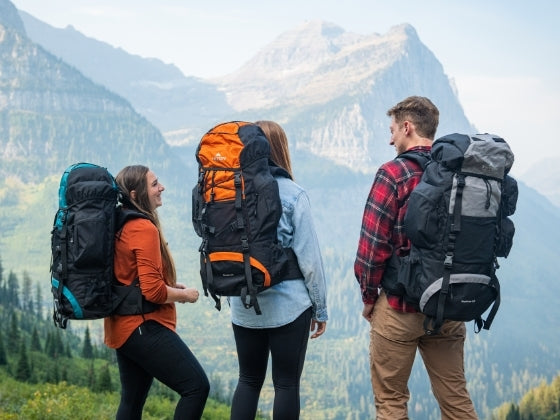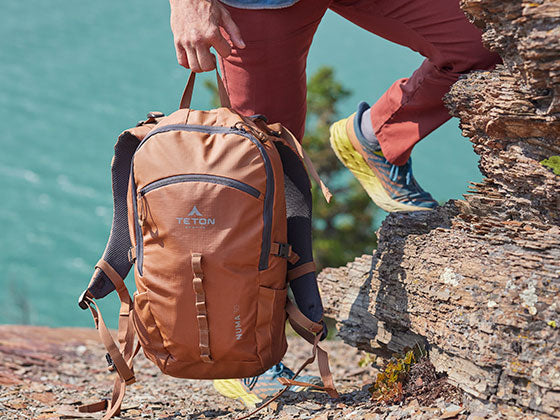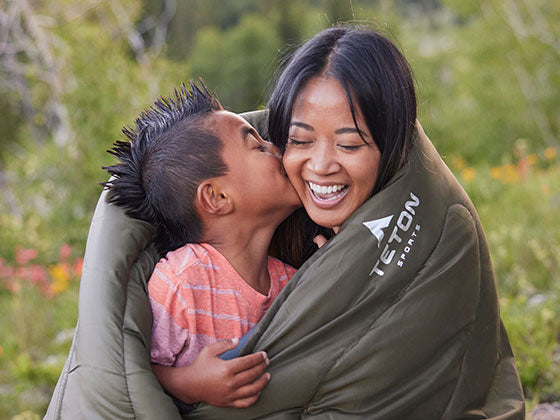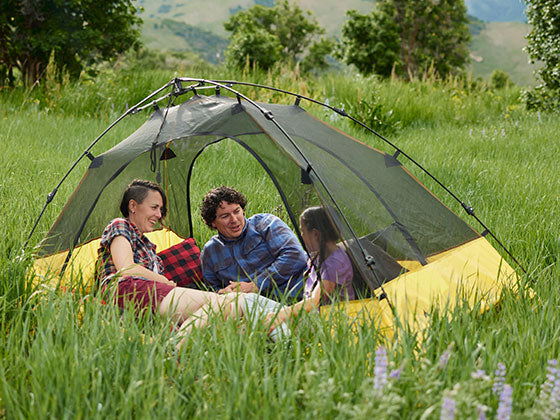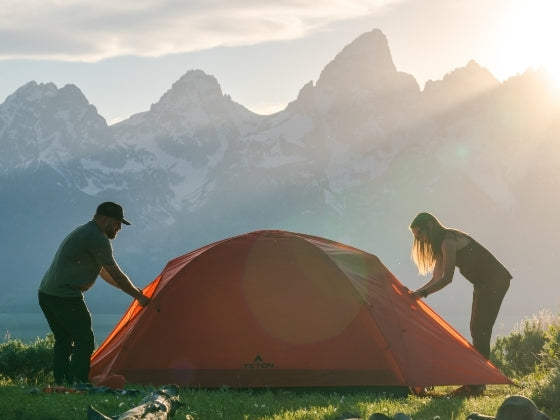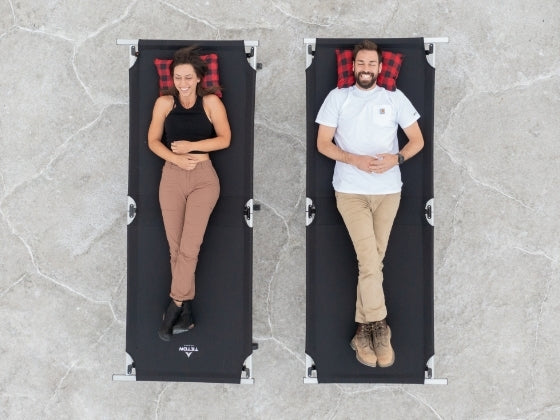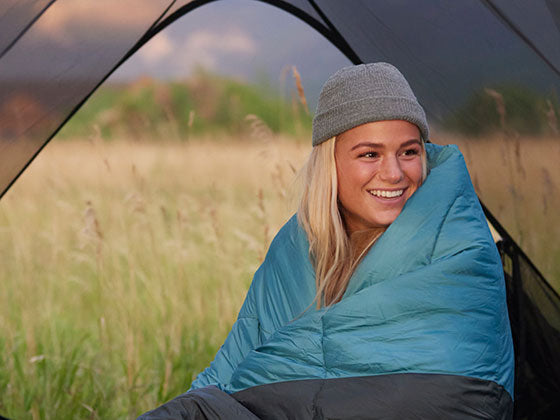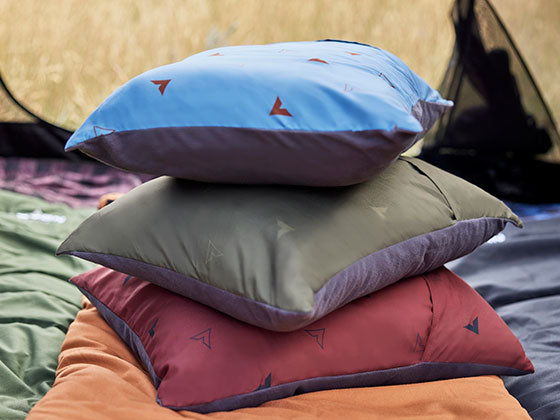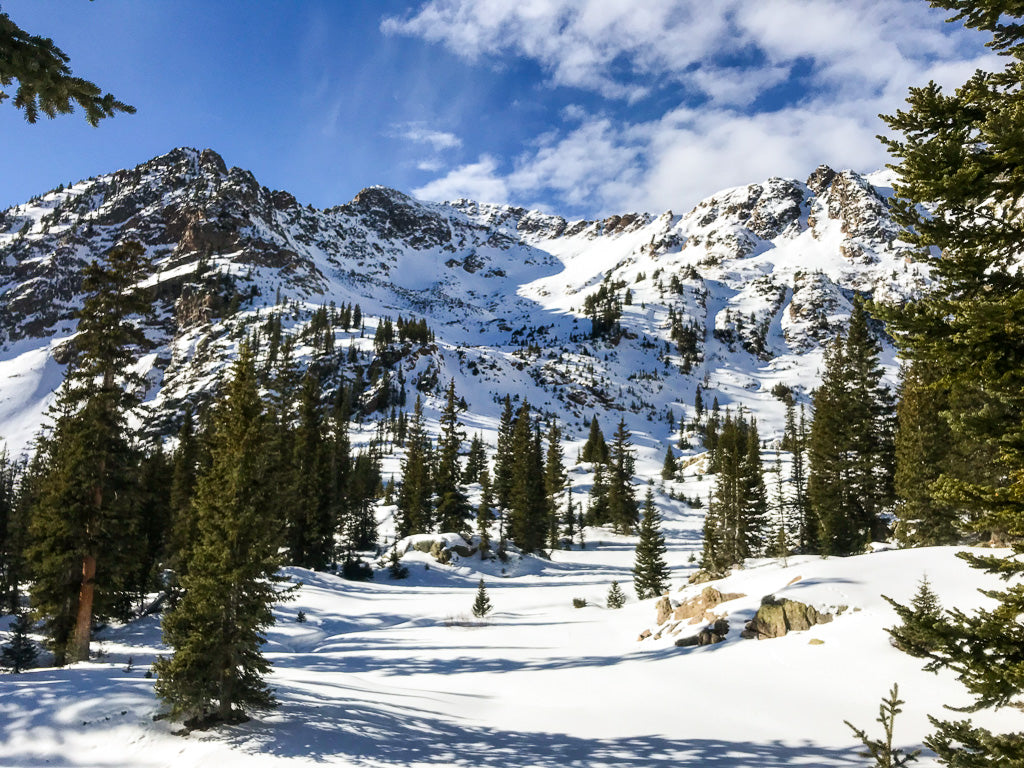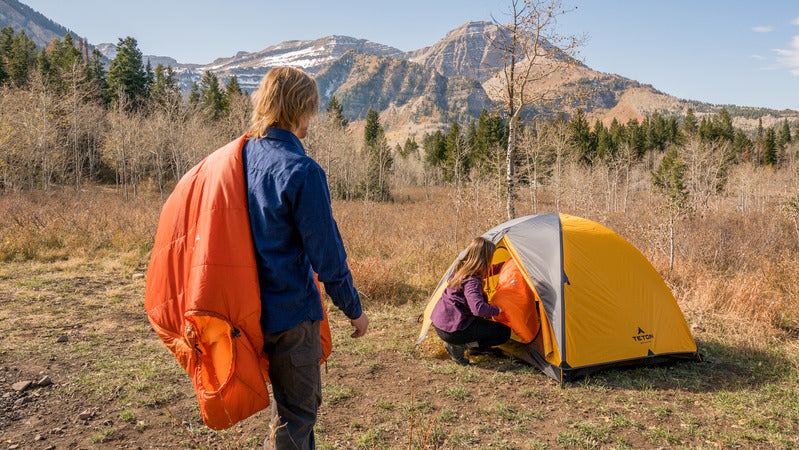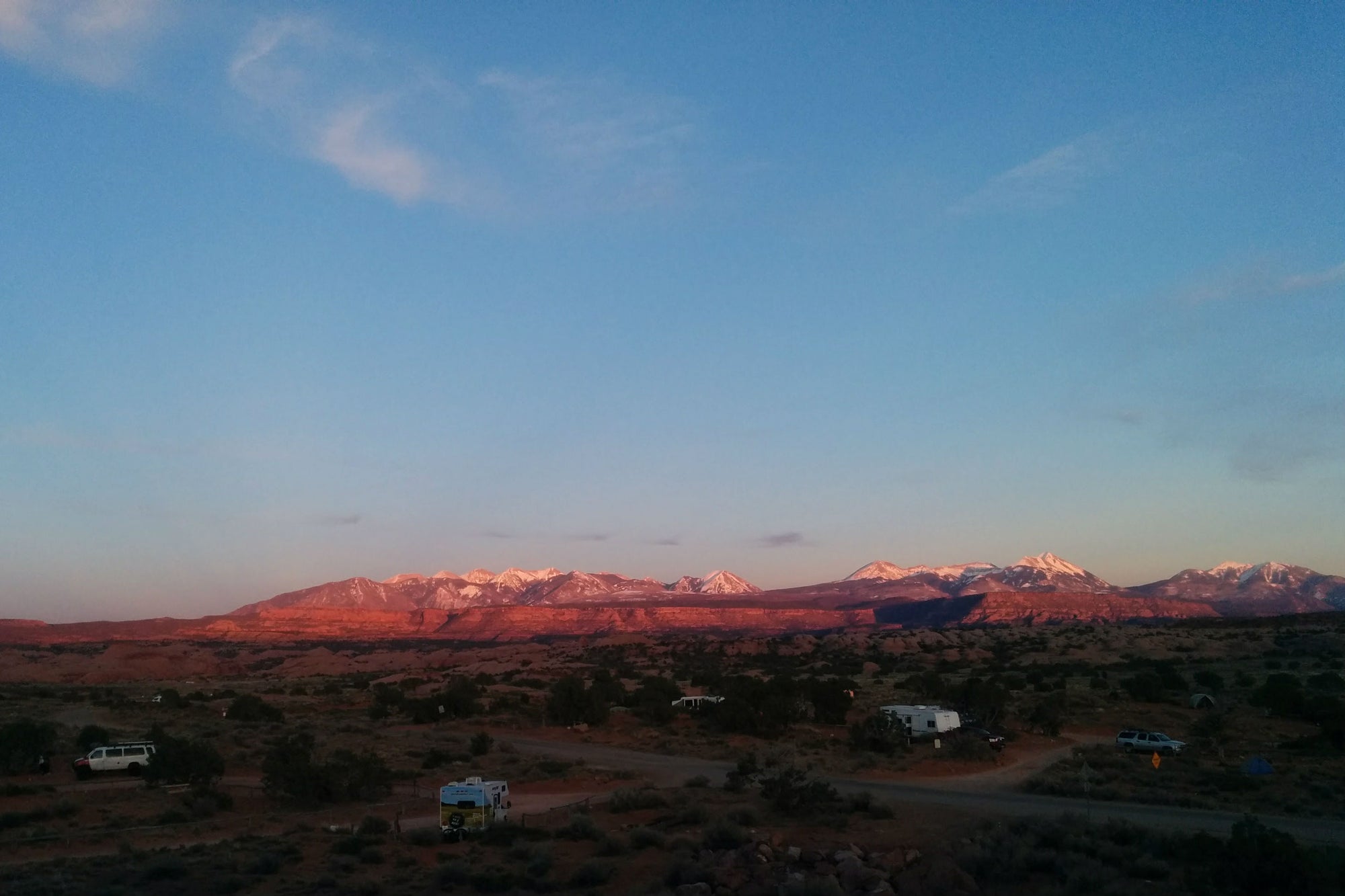Even if you aren’t out to shred the gnar, you could still be in avalanche territory. Arm yourself before you hit the trails this winter with a little avalanche know-how with these avalanche tips for hikers.
Get an Education
This article cannot possibly cover all of the topics as in-depth as a taking a course on avalanche safety. If you plan to climb big mountains or backcountry tour, consider taking an AIARE Level 1 course. If you’re a hiker looking to head out on snowy trails, there’s a class for that too. Take the time to sit down at an avalanche awareness clinic and learn about your local snow trends and how to spot them. **Want to learn more about avalanche courses? We have a full break down here: AIARE Courses Explained.**
Check Yourself Before You Trek Yourself
You wouldn’t go on a camping trip without checking the weather first, so you shouldn’t head out for a wintery hike without checking the local forecast either. The National Weather Service allows you to pinpoint weather for your specific hiking area using their interactive map. The weather may say all-clear, but that doesn’t mean you have the green light. Always check the avalanche bulletin for your local area. Note which aspects are prone to sliding and what types of avalanche problems exist in your area. Following the avalanche bulletin throughout the season allows you to understand the history of avalanche activity, helping you to make even better choices.
Name that Slide
Know the different types of slides and when they are likely to occur. Hint: there are eight different types. Understanding the characteristics of these beasts will help you know when and where you could be at risk. For example, wet slabs and lose wet slides tend to be a problem late season, so avoid traveling through avalanche terrain later in the day. Cornices are also a hazard late in the season. Storm slabs tend to rear their ugly heads after a big snowfall. Windblown snow causes wind slab avalanches. Persistent slabs are the silent killer, striking at any time, these slab avalanches happen when a weak layer of snow is sandwiched between two stronger layers. Persistent slab issues should be viewed with extreme caution. These are the deadliest slides because there is no way to predict when and where they occur.
Know Your Best Angles
Avalanches occur between certain slope angles. The majority of slides happen between a 25 to 45-degree slope angle, with 30-45 degrees being the most frequent. You may be thinking, I’ll never hike a 45-degree slope, are you insane? That doesn’t mean you are in the clear. The trail you are on can certainly traverse those slope angles or you could be walking right at the bottom of a steep hillside, putting you directly in harm’s way of a slide. Before you head out, use a tool like HillMap with a CalTopo overlay to look at your route and see if you are traversing any dangerous slope angles. If so, reconsider your plans if there’s a risk of slides. Don’t attempt to travel or traverse avalanche terrain without proper safety gear, and a solid understanding of how to use it. If necessary, stagger members of your party to cross the area one at a time, so if the hill goes, there’s someone at the ready to start a beacon search.
Observe Your Terrain
We often hike with our heads down so we know where to put our feet. Do you see any shooting cracks in the snow as you move along? This is a huge red flag. Also, use your ears to listen to any whoomphing sounds. Whoomphing happens when air pockets are being released from the snowpack, and are often pre-cursors to avalanche activities. Look around you. Can you see any slide paths? A tell-tale sign of avalanche activity is hilly areas devoid of trees, or ones with a defined line of trees that are suddenly smaller. You may not be on that slope, but what if you hike across the bottom of it? You’re still in a spot where a slide could affect you and your party. Be sure you are out of the runout, or bottom, of any avalanche path by hiking in dense trees. Aside from obvious slide paths, take note and avoid gullies that are loaded with snow. It’s like putting yourself in an avalanche cannon.

